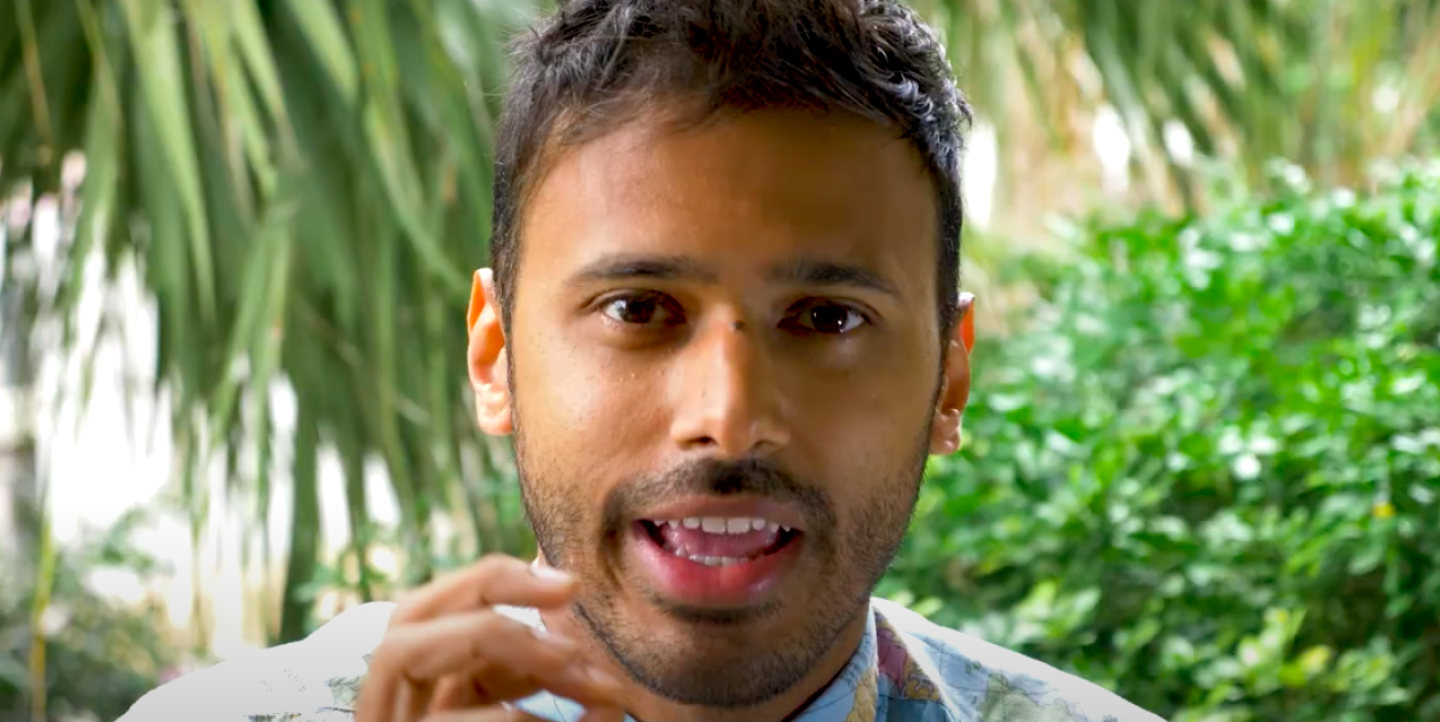Visuals are only half of what viewers experience when they watch videos. Having good quality audio can bring out the experience of being there in the moment or help communicate a certain emotion. Here are a few tips on how to best utilize sound in your videos:
- Use audio to give reality to what is actually happening, not to manipulate your viewers. While you might layer sounds over your video to enhance your content (i.e. the sound of a jet taking off on a runway), it’s a matter of journalism ethics to not give misleading perspectives through audio (i.e. adding sounds of shouting and violence over a video of a peaceful, nonviolent protest).
- Use sound effects, especially in transitioning between scenes. Simple “swipe” or “swoosh” effects can help add a sense of momentum to your video, keeping viewers engaged.
- Focus on texture. The gravelly sound of a tire pulling into a curb or the soft crunch of footsteps on sand can help create the feeling of being there. Remember point number one, and focus on textured sounds that give reality to what is happening.
- Soundtracks are important, and can help communicate a given emotion. An action scene could use fast-paced music, while softer music can be used for a more somber scene. Remember to use free-use and royalty-free music, which is offered by several stock media companies.
IJNet's parent organization, ICFJ, partnered with the Meta Journalism Project and Seen on its Facebook Video Storytellers-Africa program.

